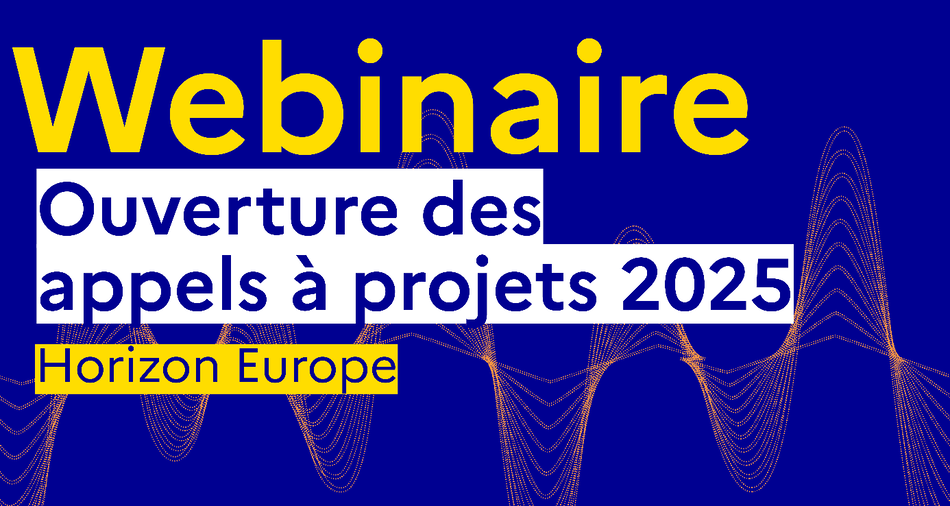ExpectedOutcome:
Projects should contribute to all of the following expected outcomes:
- New and innovative remote methods to monitor the state of degradation of original materials of cultural heritage monuments, buildings and artefacts.
- Innovative on-site monitoring methods of pollutants and the status of previous interventions in cultural heritage buildings, monuments and artefacts in order to select the optimal green and effective conservation strategies and material.
Scope:
Cultural heritage monuments, sites and artefacts are threatened by a variety of natural anthropogenic and environmental factors such as earthquakes, floods or sea level rise, fires, atmospheric pollution, urbanisation and man-made threats. Innovative advanced and cost-effective remote technologies for systematic and representative monitoring of built cultural heritage monuments’ and artefacts state of preservation are needed, addressing limitations of location size and transportability.
Remote technologies with emphasis on non-destructive techniques should focus on obtaining analytical chemical information regarding pollutants and/or degradation products from previous interventions in monuments, buildings or large size cultural objects, which are not easily accessible or in remote places for representative sampling. Remote chemical mapping should be included too.
For onsite studies of the chemical or structural state of cultural heritage items (monuments, buildings, artefacts), a toolbox of chemical probes (e.g. fibre optics sensors…), assays and technologies should be adapted. These may include:
- Novel transportable equipment for rapid in situ chemical analysis and/or mapping of pollutants and/or degradation products including, when necessary, data from previous interventions. This is crucial not only for monuments or buildings but also for assessing the state of valuable artworks and artefacts in museums, which are difficult or of enhanced danger if removed.
- Sensors (including embedded sensors), interferometric or photoacoustic technologies for systematic monitoring of the structural integrity of monuments, buildings and artefacts are also important for their early protection or for determining proactively interventions in response to natural disasters (earthquakes, extreme climate or anthropogenic effects, etc.).
A variety of other innovative techniques and/or technologies as well as combinations among them might be explored depending on the targeted intervention. The approach(es) developed should integrate modern practice and concepts in conservation and preservation of cultural assets in cooperation with concerned stakeholders in this field.





